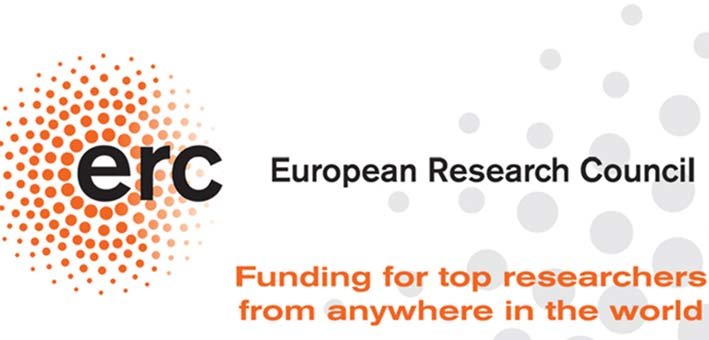MIMAT - From Micro to Macro: Aggregate Implications of Firm-Level Heterogeneity in International Trade

The European Research Council funded a project poised to change the acquired wisdom about the effects of globalization on the national economy by studying the implications for international trade models of recognizing that firms are not all the same.
The MIMAT research project is based on an out-of-the-ivory-tower observation: even if traditional international trade models postulate that firms are homogeneous, truth is that they are not all the same, and integrating this heterogeneity into the models should change the way economists and policy makers understand the patterns, the sources and the welfare effects of international trade, as well as the impact and the optimal design of trade policies.
The aim of this research project is to help fill this vacuum in the state-of-the-art by highlighting key dimensions along which the acquired wisdom of trade models with homogenous firms on how trade affects countries’ aggregate economic performance should be revisited in the light of firm heterogeneity. In particular, the project will pursue four specific objectives (through four integrated work packages) providing new insights on how firm heterogeneity affects:
- The ability of markets to deliver allocative efficiency;
- The design of optimal multilateral trade policies;
- The comparative advantages of countries;
- The capabilities of a country as an exporter.
This project has received funding from the European Research Council (ERC) under the European Union’s Horizon 2020 research and innovation programme (grant agreement n. 789049-MIMAT-ERC-2017-ADG).
